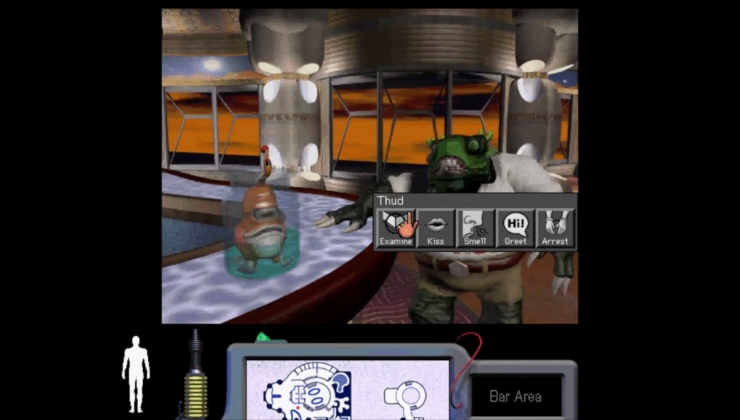In the ongoing saga between Ironburg Inventions and Valve, a new ruling appeared on August 17 that gives Valve another chance to invalidate some parts of the patents involved.
The case against Valve boils down to the back paddles included on the Steam Controller, which Ironburg have repeatedly claimed infringes on their patents. Initially, the courts backed Ironburg and awarded at least $4 million in damages, which was upheld in later ruling against Valve.
Now though another ruling has appeared after an appeal which actually backs Valve. The interesting part here is that one piece of the evidence from Valve during the trial was on some prior art that should have invalidated parts of the patents from Ironburg.
It involves an article on xboxer360.com (which no longer exists) that you can see using the Wayback Machine showing a controller with buttons on the back being reviewed in 2010 (keep in mind the patent Ironburg were granted is from 2013). Valve showed copies as evidence, but this was ignored in previous rulings. The things is, this same article was even used by Ironburg in their patent application shown at the bottom under "Other references".
While you might not be able to normally view the article now, it still existed. For it to be taken into account as prior art it had to be "sufficiently accessible to the public interested in the art" and of course it was. The ruling even notes that references to it were found by a patent examiner by doing a "brief" search on it.
The finding then is that this makes there be "overwhelming evidence" of prior art, which is something that was basically ignored in previous rulings because dates didn't line up so it had "not been authenticated". We're now waiting for the next part, as it has been remanded so it's getting a reconsideration.
I never got to bought a Steam Controller and today their prices are astronomical.
On top of this, patents shouldn't be used as a method for stopping companies from making and selling products, there MUST always be a FAIR avenue of licensing ideas. And have limits to how long licenses must be paid for.
It's just all gone completely upside down the whole patent system, if this continues, in the future mega companies will own all ideas to ever exist and halt human progress dead in its tracks with endless legal battles! (ok that's a little extreme, but we are inching toward that end!)
Good. Some Patents are just bunkers.
Don't get me wrong, some patents do serve a purpose and are very expensive in R&D and have every right to be there and to get a share for others implementing it (things like 5G technology).
But I really have an issue with all those trivial patents which should not exist in the first place.
A button is just a button, leave it at that. A corner of a device just that, how ever round.
I'd argue that patents generally hinder evolution, but in some cases I see the need of the one doing expensive R&D to be compensated for their effort.
The patent system is partly responsible for whole continents lagging behind on vaccination rates - this is one example where this broken, evil system even threatens life. And it's as usual, only protects the moneyd class as the people that come up with the fundamental technology or how to put it together only see the crumbs of the billions that the "investors" reap from it
The ruling even notes that references to it were found by a patent examiner by doing a "brief" search on it.
In french, "What the fuck: It was right in front of us, what are we doing?".
Not even surprised, sadly. Just them being assholes.
When you file a patent, you can submit an 'information disclosure statement'. [Here is a brief description of what an IDS is.](https://www.patenttrademarkblog.com/what-is-an-ids/)The ruling even notes that references to it were found by a patent examiner by doing a "brief" search on it.
In french, "What the fuck: It was right in front of us, what are we doing?".
Not even surprised, sadly. Just them being assholes.
You disclose the prior art that you know of. When the USPTO examines the patent, the patent examiner will search for prior art that might prevent the patent from being allowed. The vast majority of time, the examiner will provide previous US patents or US patent applications as prior art refernces. The examiner is supposed to check the IDS to see if it is relevant prior art.
If the examiner does find prior art references, they give reasons why the application has been rejected, and the attorney can argue or amend the claims so that the patent application does not infringe on the prior art provided by the examiner.
If the patent is allowed, the prior art references in the IDS can be published on the patent (which is shown in this case). The presumption is that the published prior art references do not infringe the patent because the examiner would have checked them.









 How to set, change and reset your SteamOS / Steam Deck desktop sudo password
How to set, change and reset your SteamOS / Steam Deck desktop sudo password How to set up Decky Loader on Steam Deck / SteamOS for easy plugins
How to set up Decky Loader on Steam Deck / SteamOS for easy plugins
See more from me